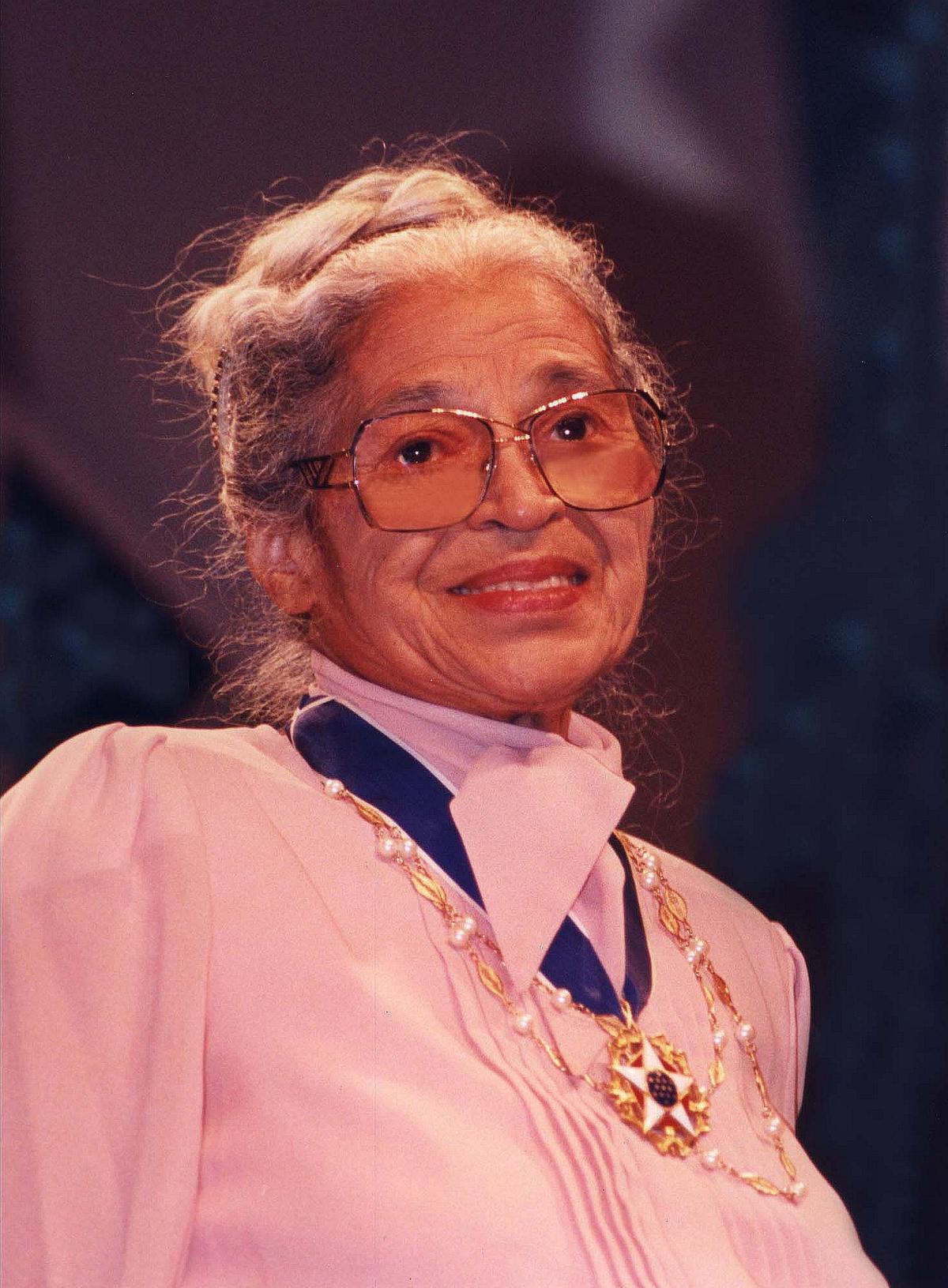In the late 19th Century, the United States was seeing a heavy change in segregation policies between the whites, the coloured and the black communities. From designated towns to restaurants to shops to even buses with the front seats reserved for the whites, the divide was only increasing with time. In 1955, a middle-aged black woman boarded a bus from Montgomery, Alabama, United States, and sat down in the front. As more and more people started boarding the bus, she was asked to move to the designated space, which she refused. This was a historical moment in American history, and ten years later, the segregation laws were fully abolished in the country. That woman was Rosa Parks.
Born in 1913, Rosa Louise McCauley grew up in southern America, an area notoriously known at the time for racial discrimination and violence. After having to drop out of the Alabama State Teachers College for Negroes, Rosa became quite active in the Civil Rights Movement.
A social movement that took place in the United States between 1954 and 1968, the Civil Rights Movement sought to protect African Americans’ fundamental rights as citizens and put an end to racial segregation and discrimination against them. Activists like Martin Luther King Jr. opposed discriminatory laws through boycotts, civil disobedience, and nonviolent protest, which resulted in historic laws like the Voting Rights Act of 1965 and the Civil Rights Act of 1964. As a result, several federal laws were passed to protect the rights of African Americans
It was during this time that Rosa got married to Raymond Parks, and the couple began their journey and fight to end racial injustice. Soon, Rosa became the secretary of the Montgomery chapter of the National Association for the Advancement of Coloured People (NAACP). Thus becoming an important figure in this fight for equality. This was around the time when the Montgomery Bus Boycott occurred.
Previously, even though there had been multiple instances of black women being arrested for breaking the segregation rule on buses, it was when Rosa Parks did the same that the movement caught fire. Causing immediate outrage, her act ignited what came to be known as the Montgomery Bus Boycott. The strategy was simple yet extremely effective — the boycott of buses. With a majority of passengers using the public buses back then being from the black community, the profit margin of the buses started diminishing. The Browder vs Gayle case also got the judicial attention it sought during this time and finally, the court ruled that segregation on public transportation was unconstitutional. Even though it was a landmark judgment in the history of the fight against racial injustice, discrimination often continued after the movement ended.

Although the arrest and boycott catapulted Rosa Parks into the public spotlight, she did not see herself as a hero. In interviews, she insisted that she was simply tired of being treated unfairly, not seeking fame or recognition—much like most in the community who stood up against the injustice being portrayed.
Aftermath
Following the boycott, Rosa Parks continued her work for civil rights. She moved to Detroit, Michigan, where she faced economic difficulties but remained committed to social justice and continued to work for the betterment of the justice system for her community.
In 1996, President Bill Clinton awarded Rosa Parks the Presidential Medal of Freedom, the United States’ highest civilian honour. And later in 1999, she received the Congressional Gold Medal. As discrimination still haunts many parts of the world, Rosa Parks’ life stands as a reminder that every small act of defiance can contribute to a greater movement for justice.
Published – September 22, 2025 03:26 pm IST

